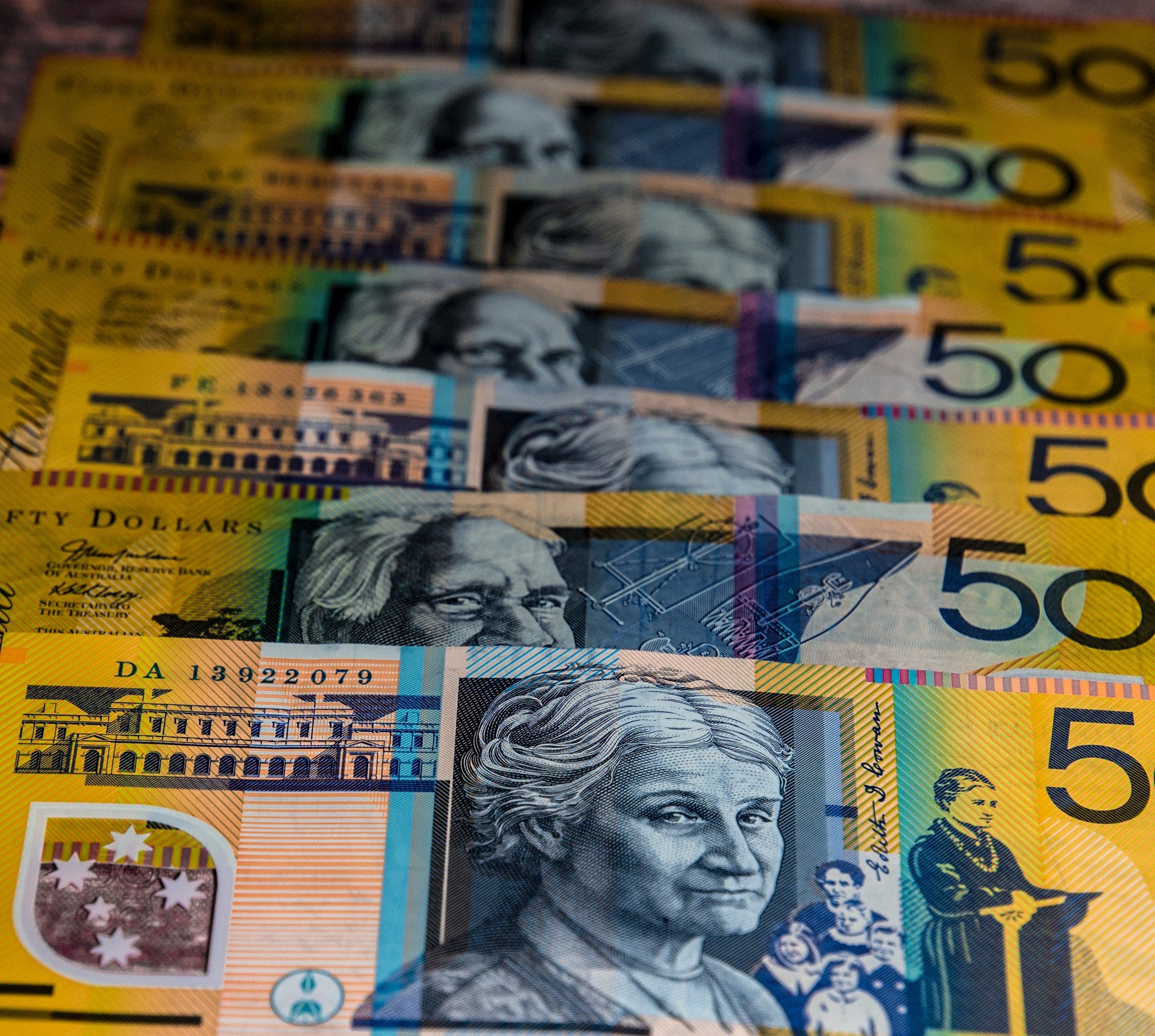AUD To USD Forecast: Will The Aussie Dollar Recover Against The Greenback?
This piece has been expert reviewed and fact checked by Forbes Advisor Australia Board Member, Tim Waterer, who has more than two decades of experience across FX, stocks, indices, and commodities. He is the chief market analyst at KCM Trade.
The Australian dollar started off 2023 on a high note, where it enjoyed a brief rise to .71 US cents in January after beginning the month at .68 USD.
Nevertheless, the good times were not to last, and after a steady decline throughout 2023, the Australian dollar was trading at .67 US cents by December 31, 2023. As of February 5, 2024, the dollar had slumped to .65 US cents and by mid-year was slightly higher at .67 cents where it has remained for four months.
The exchange rate, while demoralising for US-bound travellers, is consistent with previous global crises, such as the GFC (where the Australian dollar was at .60 against USD) and the Covid-19 pandemic.
This most recent dip, however, started at the same time many economists were forecasting a US recession. Now, as we presumably near the end of the rate hiking cycle of the past two years, is it fair to expect the Aussie dollar to recover?
Let’s take a look at the state of play for the AUD-USD conversion at the end of 2024.
Related: Why Is the Aussie Dollar Falling?
Featured Partners
The Australian Dollar’s Performance Last Year The Australian dollar had a dismal year in 2023 when paired with the USD, the world’s 10th strongest currency. In September 2023, it had hit a 10-month low of .63 US cents, after a gradual decline in the months prior.
Ongoing global crises affected the market significantly last year, making this decline no surprise. As the RBA explains, Australia has a floating exchange rate, “meaning the movements in the Australian dollar exchange rate are determined by the demand for, and supply of, Australian dollars in the foreign exchange market”.
Domestically, interest rates and inflation figures also affect how the Australian dollar performs on the foreign exchange market. And against the USD–which has even higher interest rates than Australia–the AUD has been falling at a steady rate (with some brief increases) for the better part of the past two years.
Despite the ongoing decline, economists had reported forecasts that “the local currency to [would] hit .70 US cents by the middle of 2023 as the era of US dollar dominance crumbles”. Instead, on June 30, 2023, $1 AUD was worth .66 US cents.
After more months of minor fluctuations, on December 31, 2023, the Australian dollar was worth .68 US cents and almost a year later—on October 10—it is hovering just below this amount at .67 US cents.
US Dollar Performance & Drivers in 2023 Speaking to Forbes Advisor, ANZ’s head of FX research Mahjabeen Zaman explains why—despite the market stress occurring globally—the US dollar remained so strong during 2023.
Largely, it comes down to the US dollar traditionally providing a safe haven status in times of market stress–just as it did the previous year.
“Other safe haven currencies include the Japanese Yen and the Swiss Franc,” Zaman says.
“In the current cycle however, the US dollar offers a higher interest rate and a yield advantage as opposed to the Yen, (which was in a negative interest rate environment), and Swiss Franc, which has much lower interest rates than the US currently.”
This means despite the recession fears during the past year, the US dollar is still considered to be in a competitive position and to be a safe investment while other “less healthy” currencies decline in value due to global market volatility.
Additionally, with a “hawkish RBA” and persistent inflation, Australians were provided “little lasting support beyond a 24 to 48-hour window” of how the currency was faring, Zaman says.
AUD to USD: Six-Month Forecast Zaman expected the AUD to US pair to strengthen over the term of 2024, “largely due to a gradually easing USD and improving risk sentiment over the course of the year”.
By the middle of the year, ANZ expected the Australian dollar to be trading at .69 US cents, but as of June 27, it was at .67 US cents where it remains as of October.
Other Big Four banks were split: Westpac predicted a slightly lower conversion of .68 US cents on the same date, while NAB was more bullish, forecasting a steady rise to .71 by mid-year.
Australian Dollar to US Dollar Long-Term Forecast Zaman says it’s expected the RBA won’t be as hawkish this year with its rate rises, which should lead to some stability—and even strength—for the country’s currency.
With that, Zaman had ANZ forecasted $1 AUD to be worth .70 US cents by year’s end.
Westpac is, meanwhile, forecasting an AUD/USD exchange rate of .68 by the end of the year, while NAB is again aiming higher with a forecast of $1 AUD to be .69 to the US dollar by December.
Looking further ahead to mid-2025, Westpac predicts .70 US cents, and NAB continues to aim high with a prediction of .72 US cents to 1 Australian dollar.












 Bitcoin
Bitcoin  Ethereum
Ethereum  Tether
Tether  XRP
XRP  USDC
USDC  TRON
TRON  Lido Staked Ether
Lido Staked Ether  Dogecoin
Dogecoin  Cardano
Cardano